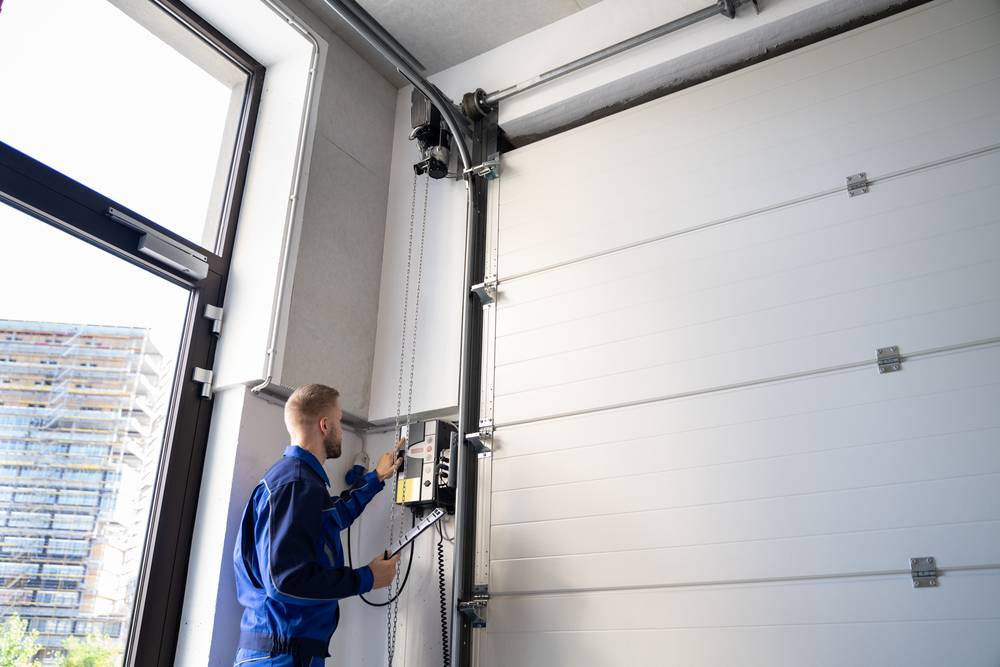Garage Door Repair Southlake TX In the game, accessing buildings such as garages is essential for scavenging supplies and finding shelter.

Here’s a guide on how to open garage doors in Project Zomboid:
1. Find a Garage: Explore the game world to locate a garage building. Garages can often be found in residential areas, industrial zones, or attached to houses. Look for structures with large doors that typically lead to storage areas or vehicle parking spaces.
2. Approach the Garage Door: Once you’ve located a garage, approach the large door leading into the building. In Project Zomboid, garage doors may vary in appearance depending on the building’s design, but they’re typically large and made of metal or wood.
3. Interact with the Garage Door: To open the garage door, stand close to it and use the interact button on your keyboard or controller. In Project Zomboid, the default interact key is often the “E” key on the keyboard. Press this key to attempt to open the door.
4. Check for Obstacles: Sometimes, garage doors in Project Zomboid may be obstructed by debris, furniture, or other objects. If the door doesn’t open when you interact with it, take a moment to inspect the area for obstacles blocking the door’s movement.
5. Use Tools (if necessary): In some cases, garage doors may be locked or jammed, requiring additional effort to open them. If you encounter a locked garage door, you can try using tools such as a crowbar, axe, or sledgehammer to break the lock or force the door open. Equip the appropriate tool from your inventory and use it to interact with the door.
6. Beware of Zombies: Be cautious when opening garage doors in Project Zomboid, as zombies may be lurking inside or nearby. Make sure to scan the area for any undead threats before attempting to enter the garage. Use melee weapons or firearms to dispatch any zombies that pose a threat to your safety.
7. Explore the Garage: Once you’ve successfully opened the garage door, enter the building and explore its interior. Search for loot, supplies, or potential shelter inside the garage. Be thorough in your search, as garages may contain valuable items such as tools, weapons, food, and medical supplies.
8. Close the Door (if desired): After you’ve finished exploring the garage or retrieved any items you need, you can choose to close the garage door behind you for added security. Use the interact button once again to close the door, ensuring that it’s fully shut to prevent zombies or other threats from entering the building.
9. Proceed with Caution: As with any exploration in Project Zomboid, always proceed with caution when entering new buildings or areas. Keep an eye out for zombies, traps, or other hazards that may pose a danger to your survival. Use stealth, strategy, and resourcefulness to navigate the game world safely.
Garage Door Repair Southlake TX Remember to stay vigilant and be prepared for any challenges or dangers that may arise during your adventures in the post-apocalyptic world.
First Responder Garage Doors
180 State St Suite 225, Southlake, TX 76092, United States
1-817-991-5551



